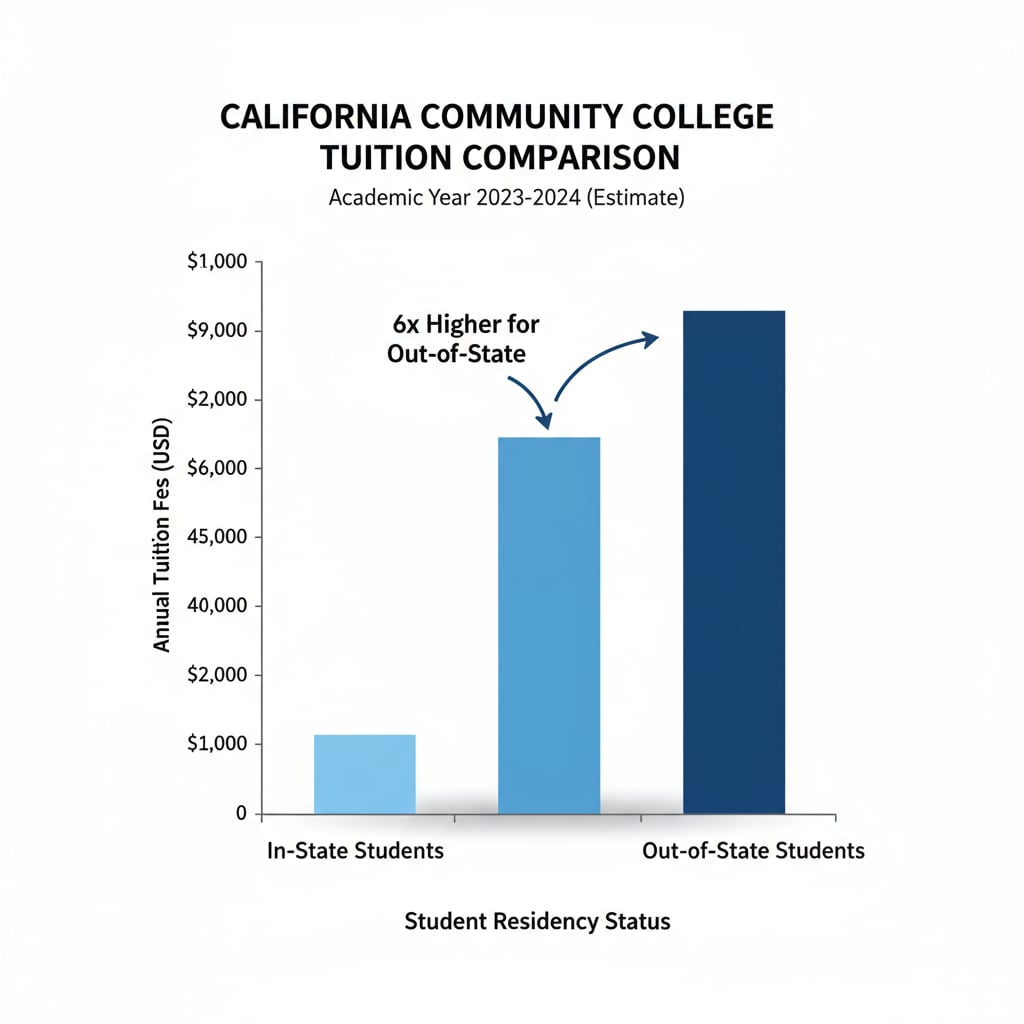Tuition appeals, resident status, and the AB-540 form are crucial aspects for students aiming to attend California community colleges at in-state tuition rates. Understanding these elements can significantly ease the financial burden of higher education.

For many students and their families, the cost of college can be a major hurdle. In California, community colleges offer an affordable pathway to higher education, but the determination of in-state tuition eligibility can be complex.
The Significance of Resident Status
Resident status is the cornerstone of being eligible for in-state tuition at California community colleges. It’s not just about where you live physically; rather, it involves a set of criteria established by the state. For example, factors such as the length of residency, financial independence, and ties to the community play a vital role. Students who can prove strong connections to California, like having attended K12 schools in the state, are more likely to be considered for in-state tuition. California State University’s official residency guidelines provide detailed information on this matter. However, if a student doesn’t initially meet the criteria, there’s still hope through the tuition appeal process.

The Role of the AB-540 Form
The AB-540 form is a key tool in the tuition appeal process. This form allows certain students who may not otherwise qualify for in-state tuition based on traditional residency rules to still be eligible. It’s designed to assist students who have attended California high schools for at least three years and have graduated or obtained a GED. By filling out this form accurately and providing the necessary documentation, students can present their case for in-state tuition. The official CCCCO website’s information on AB-540 offers comprehensive details about the form and its requirements. For instance, students need to show proof of their educational history in California during the K12 phase.
When preparing an appeal, it’s essential to be organized. Gather all relevant documents, such as school transcripts, utility bills showing residency, and any other evidence that can support your claim. Clearly state your reasons for the appeal in a well-written letter. Explain how you meet the criteria, especially in relation to your K12 education in California. For example, if you’ve been actively involved in school activities during your K12 years, mention it as it shows your integration into the local educational community.
Readability guidance: Using short paragraphs and lists helps summarize key points. Each H2 section can have a list for better clarity. Keep the passive voice and long sentence proportion in check. Add transition words like however, therefore, in addition, for example, and as a result throughout the text for better flow.


